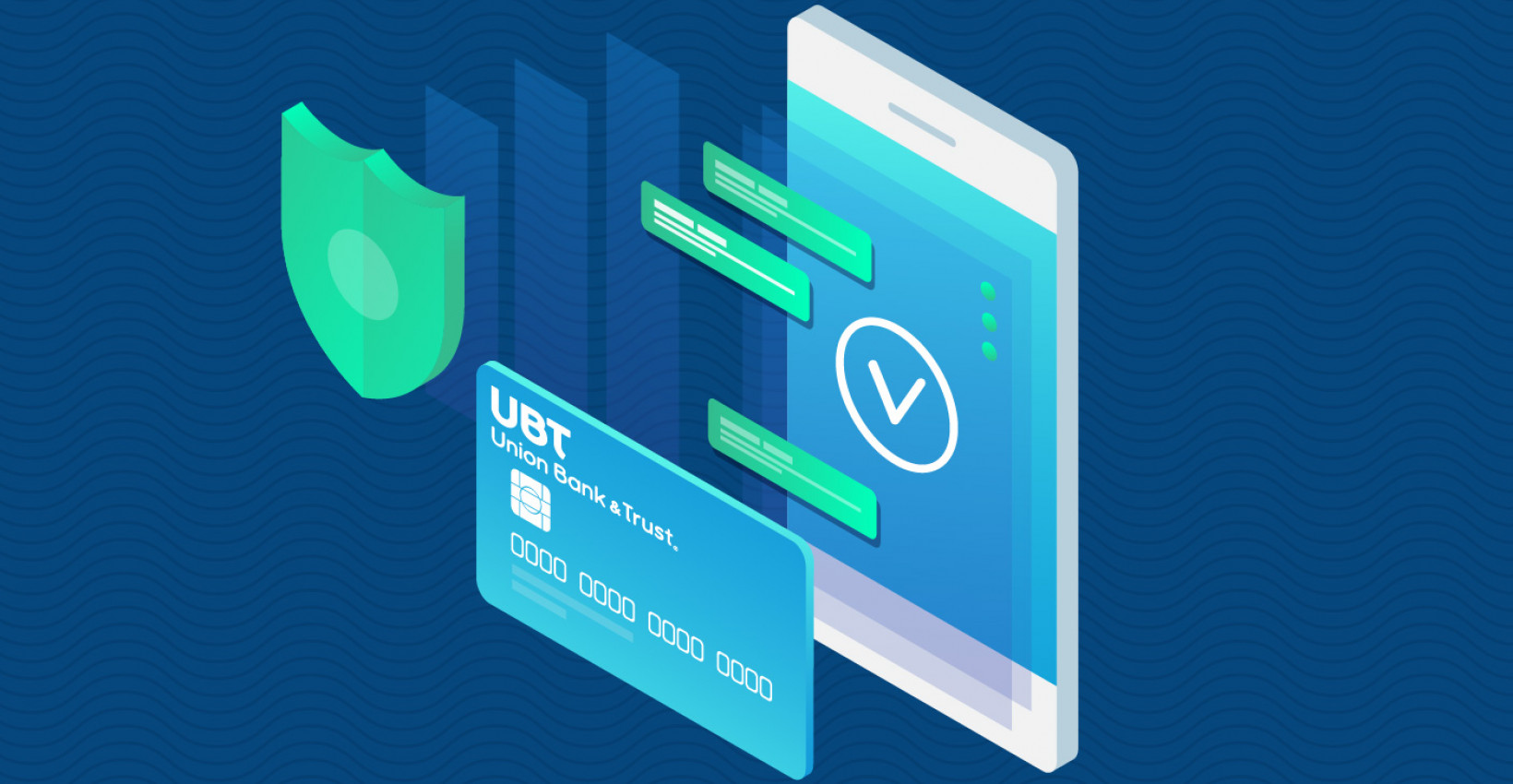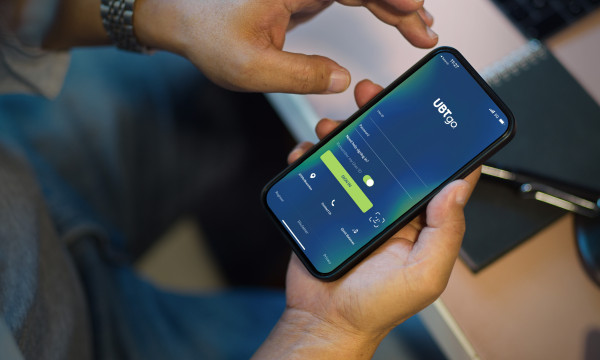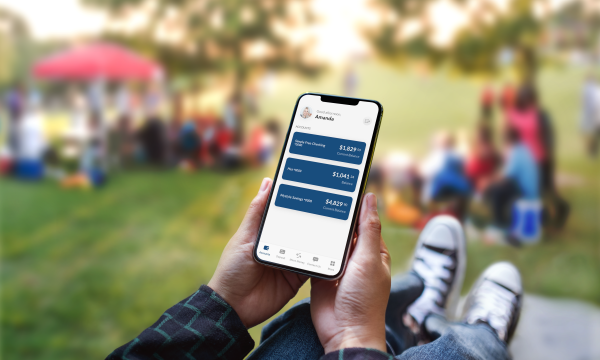Mobile wallets: A safe, easy way to pay

Think of how many times you’ve said this in the past five or 10 years: “I used to carry a ____________, but now I just use my phone.” Given how pivotal our smartphones and other devices have been in our lives, you might say that about any number of items: mirrors, calculators, books, cameras… we could go on and on. But do you say it about your wallet?
Mobile wallets offer excellent security and convenience, but not everyone is taking full advantage yet. If you’re one of the folks who isn’t yet using a mobile wallet, no worries — as with any newer technology, there are sure to be questions and concerns to address before you take the plunge. Let’s walk through them together.
What is a mobile wallet?
Put simply, it’s a wallet that lives in your smart device, rather than your pocket or purse. More specifically, it’s an app on your mobile device that stores payment information from your debit card and credit cards so you can use that device to make purchases. There are several different mobile wallets that are compatible with specific devices. The major mobile wallets are Apple Pay®, Google Pay™, and Samsung Pay™, and the apps come integrated in your mobile devices; there are also third-party apps you can download from your device’s app store. You then use your mobile wallet to pay for goods and services online and at retailers that accept your device as a payment method.
So, how does a mobile wallet work?
You download the mobile app of your choice onto your smartphone or other compatible device (or use one of the preloaded options). Then, load the card information you want to store — from debit and credit cards to loyalty cards and coupons and even gift cards — which can be as easy as taking a picture of the card or using the mobile wallet app to upload the information. Once the app is installed and the information is entered, the wallet stores this info by assigning a personal identification format such as a number, QR code, key, or image to each stored card.
Why would you want a mobile wallet?
Using a mobile wallet offers a safer, contact-free form of payment at a time when we’re all trying to reduce contact. It’s quicker than traditional payment methods. It’s also pretty hassle-free, as you can store all your payment card information in one place and not even have to carry the cards with you — and when you’re shopping online, you won’t be typing in (or storing) your information in merchants’ sites, which can also help to reduce fraud. In fact, it helps to reduce fraud in more than one way, as mobile wallets are generally harder to steal or copy than physical cards and cash. Don’t panic if you lose your phone, either, as all digital wallet transactions require the verification you set up (such as a fingerprint scan).
How do you use your mobile wallet?
When you are shopping in person and are ready to pay, open the mobile wallet app and put your phone close to the digital payment-enabled terminal next to the register at participating merchants, and you're on your way. (This payment method is contactless and so much faster!) If you’re staying in and shopping online with your smart device, simply open your app and select a card at the checkout screen to securely pay with your debit card online.
Mobile wallets provide the ultimate in safety, security, and convenience. Your information is as close as your phone, tablet, or smartwatch, yet your information is encrypted, there’s no magnetic strip that could be picked up by roving scanners, and at a time when we are all washing our hands like crazy, your mobile wallet provides safe, contactless checkout.
Not sure how to get started? Check out our step-by-step tutorial.
Learning Center articles, guides, blogs, podcasts, and videos are for informational purposes only and are not an advertisement for a product or service. The accuracy and completeness is not guaranteed and does not constitute legal or tax advice. Please consult with your own tax, legal, and financial advisors.





